10 Adorable Baby Animals That Look Nothing Like Their Parents
In the realm of the animal kingdom, diversity and surprise are constants. While evolutionary traits and adaptations often define a species, the birth of new life sometimes brings unexpected variations. This article explores the fascinating phenomenon of baby animals who look remarkably different from their parents, capturing our hearts with their unexpected appearances. Each section will delve into the unique characteristics and the reasons behind these surprising differences. This exploration not only highlights the wonders of nature but also underscores the unpredictability and beauty of genetic diversity.
1. The Mexican Walking Fish: The Axolotl
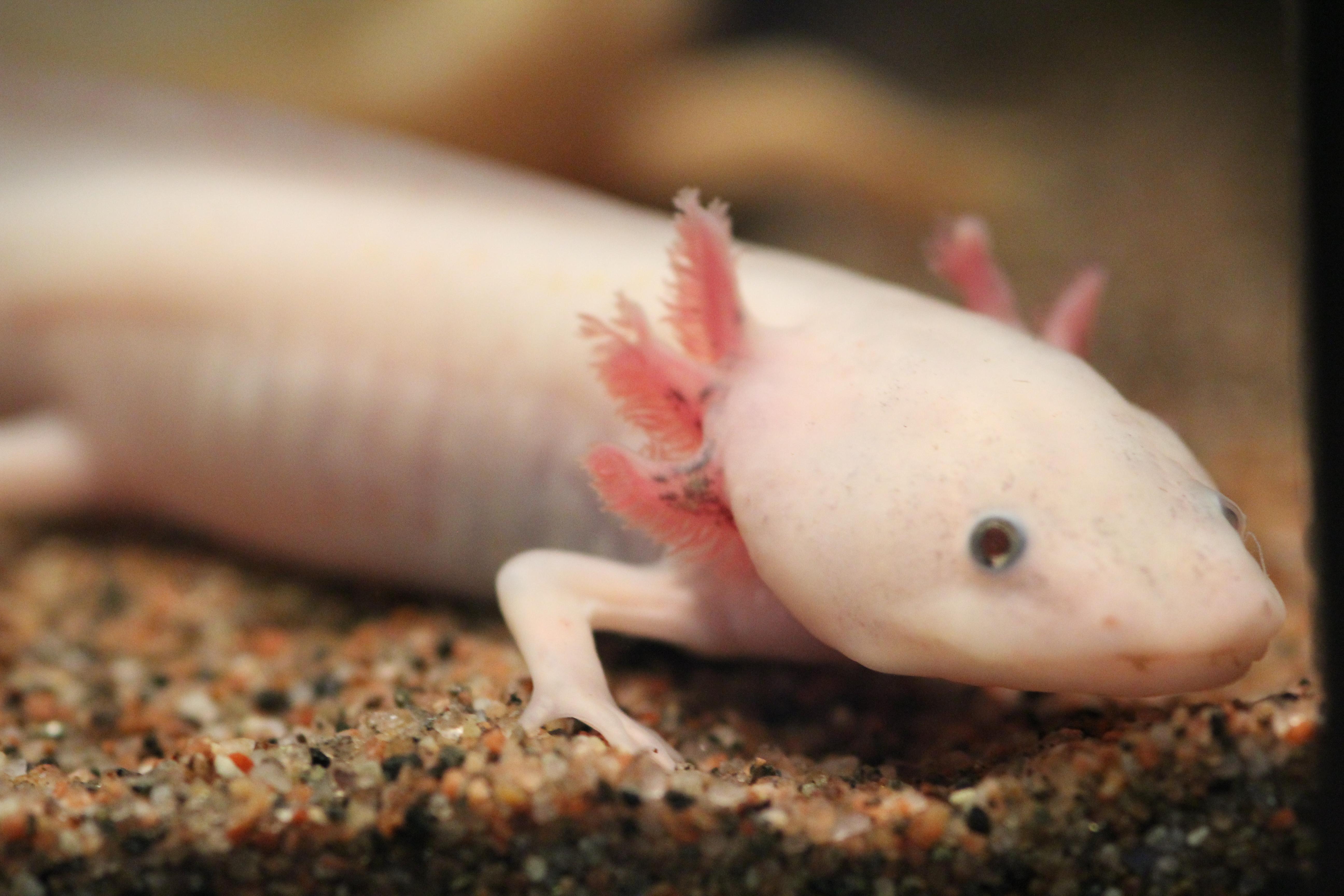
The axolotl, often referred to as the "Mexican walking fish," is a captivating creature known for its unique regenerative abilities and distinct appearance. Unlike most amphibians, axolotls retain their larval features throughout their lives, a condition known as neoteny. This characteristic gives them a youthful, almost alien-like appearance with frilly external gills and a wide, smiling mouth. Despite their aquatic lifestyle, axolotls are a type of salamander, and their ability to regenerate limbs, spinal cords, and even parts of their brain makes them a subject of intense scientific interest. Their charm lies not only in their regenerative prowess but also in their endearing, perpetually juvenile looks.
2. The Surprising Cuteness of Baby Tapirs
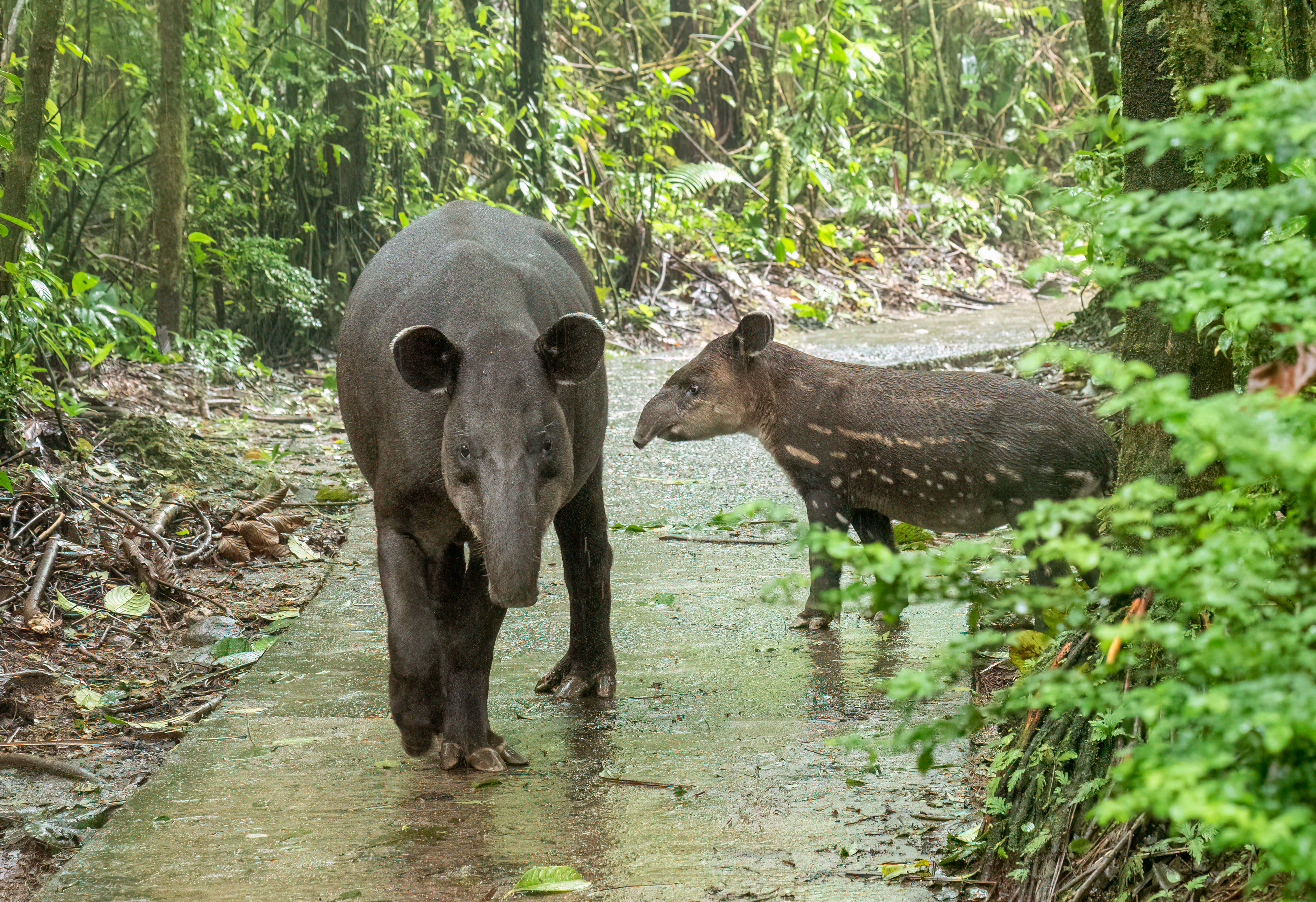
Tapirs are large, herbivorous mammals with a distinctive pig-like snout, often compared to a cross between a pig and an elephant. However, their babies look nothing like their parents. Baby tapirs are born with a coat of white stripes and spots, resembling a watermelon or a fawn. This camouflage helps them blend into the forest floor, protecting them from predators. As they grow, these markings fade, and they develop the more somber coloration of adult tapirs. The stark contrast between the appearance of baby and adult tapirs showcases the fascinating ways in which nature equips young animals for survival.
3. Baby Flamingos: A Fluffy Surprise
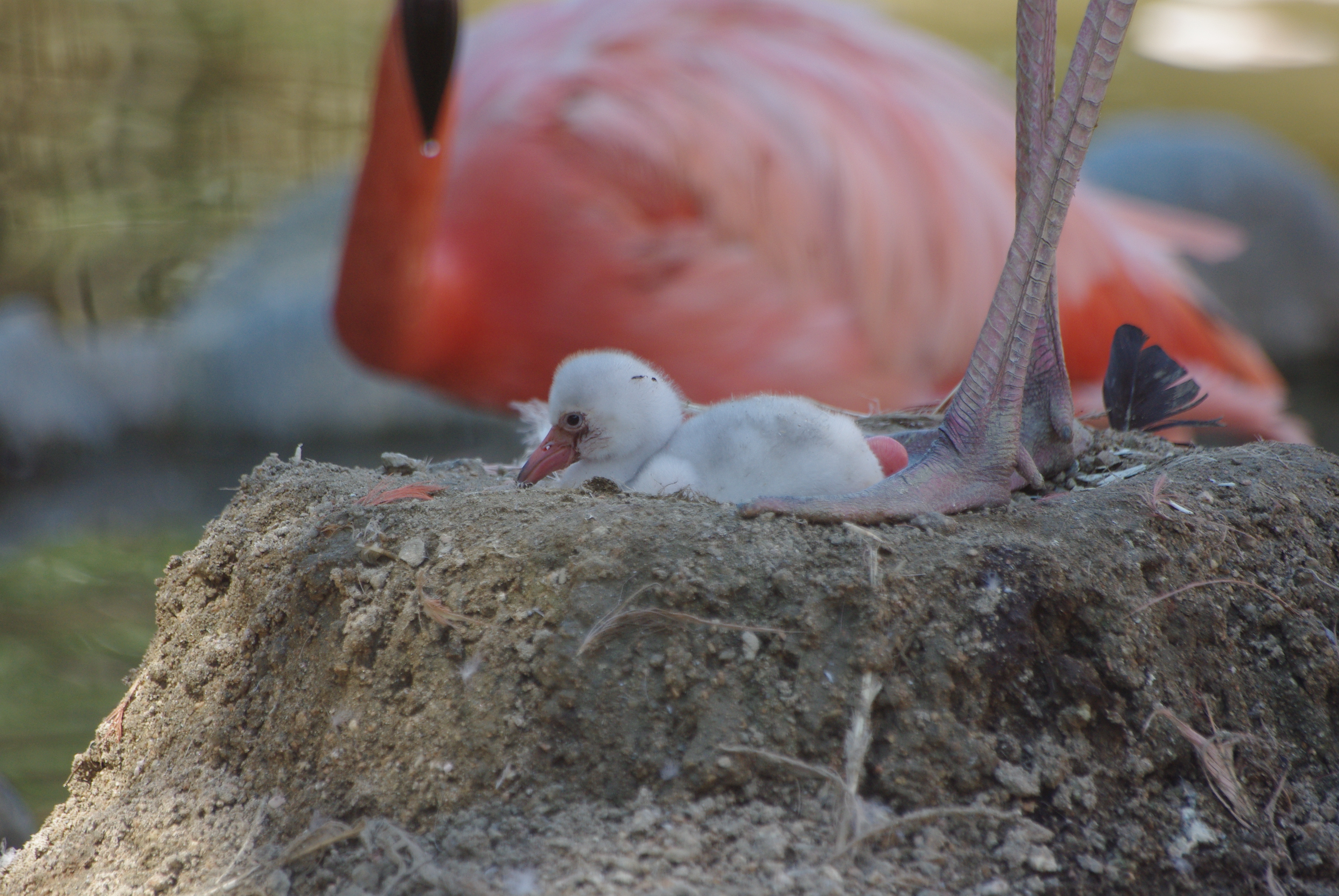
Flamingos are known for their striking pink plumage, long legs, and graceful necks. However, their chicks are a fluffy surprise, born with soft gray or white down feathers. This initial appearance is a far cry from the vibrant adults they will become. The transformation occurs as they grow and begin to consume a diet rich in carotenoids, found in the algae and crustaceans they eat, which gradually turns their feathers pink. This transformation is not only a visual delight but also a testament to the impact of diet and environment on an animal's appearance.
4. The Unexpected Charm of Baby Harp Seals
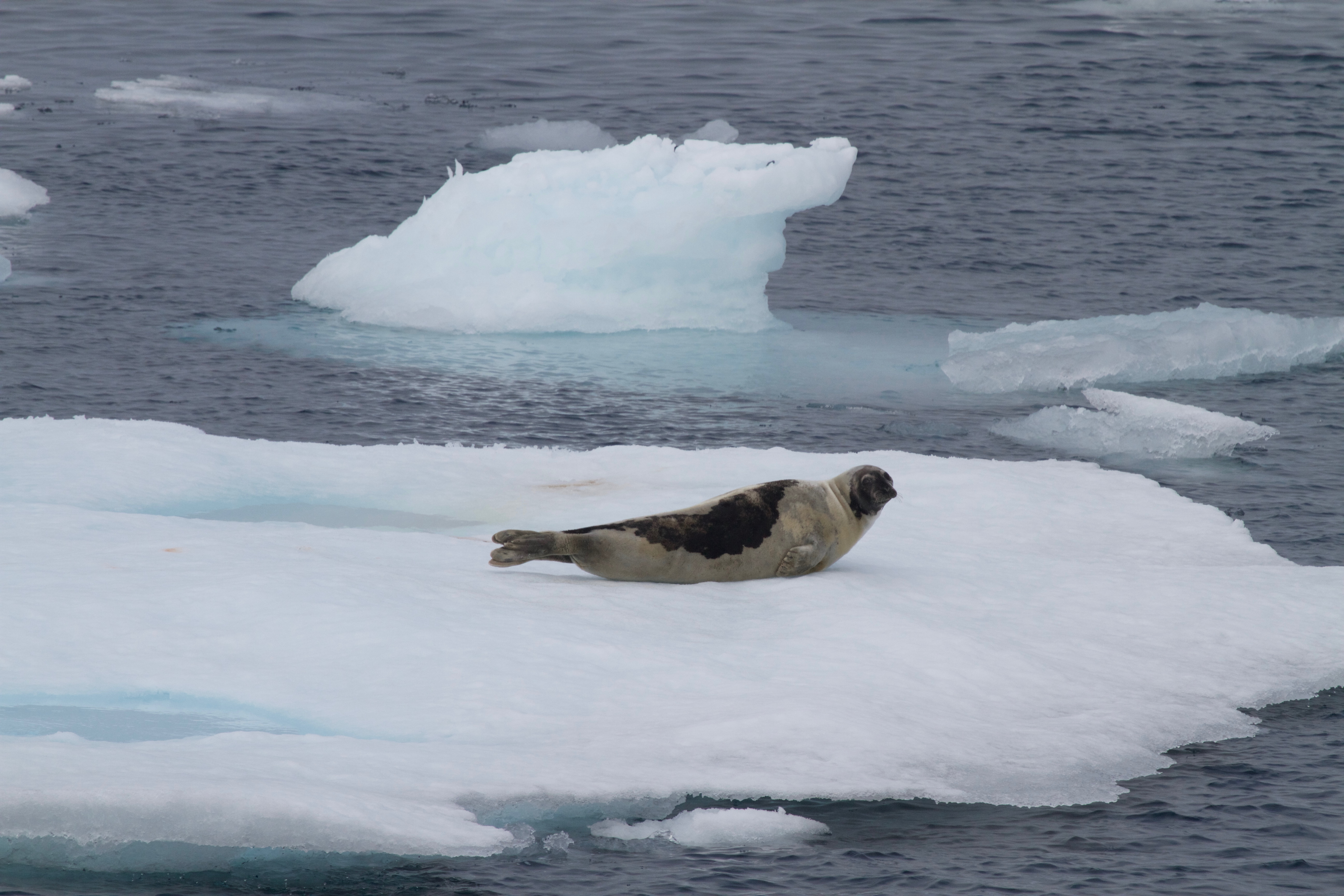
Adult harp seals are known for their sleek, silvery bodies and dark faces, perfectly adapted to their icy habitats. In contrast, baby harp seals, or pups, are born with a fluffy white coat that is both adorable and functional. This white fur provides excellent camouflage against the snowy backdrop of their Arctic environment, protecting them from predators. As they mature, they shed this coat for the more subdued coloring of adulthood. The transformation from fluffy white pup to sleek adult is a remarkable process that highlights the adaptability and survival strategies of these marine mammals.
5. Echidnas: Spiky Adults and Smooth Babies
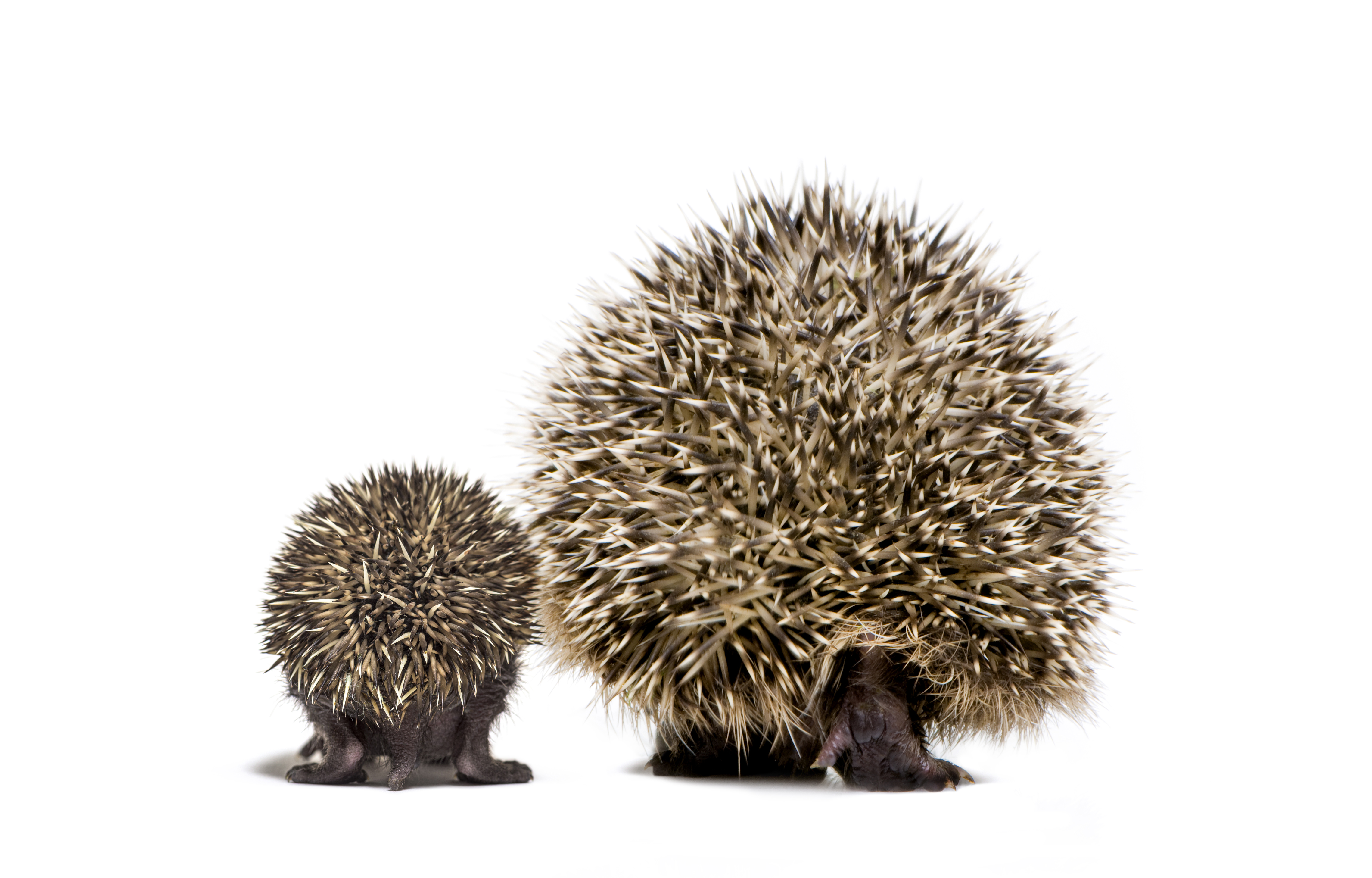
Echidnas, or spiny anteaters, are peculiar creatures with spines similar to those of a porcupine and a long, sticky tongue for catching ants and termites. While adult echidnas are covered in sharp spines, their babies, known as puggles, are born without these distinctive features. Puggles are smooth, pink, and utterly defenseless, relying entirely on their mothers for protection. Over time, they develop the spines that are characteristic of their species, a transformation that marks their journey from vulnerable infants to resilient adults. This drastic change in appearance underscores the unique lifecycle and adaptations of echidnas.
6. Baby Owls: From Fluffy Puffballs to Majestic Hunters
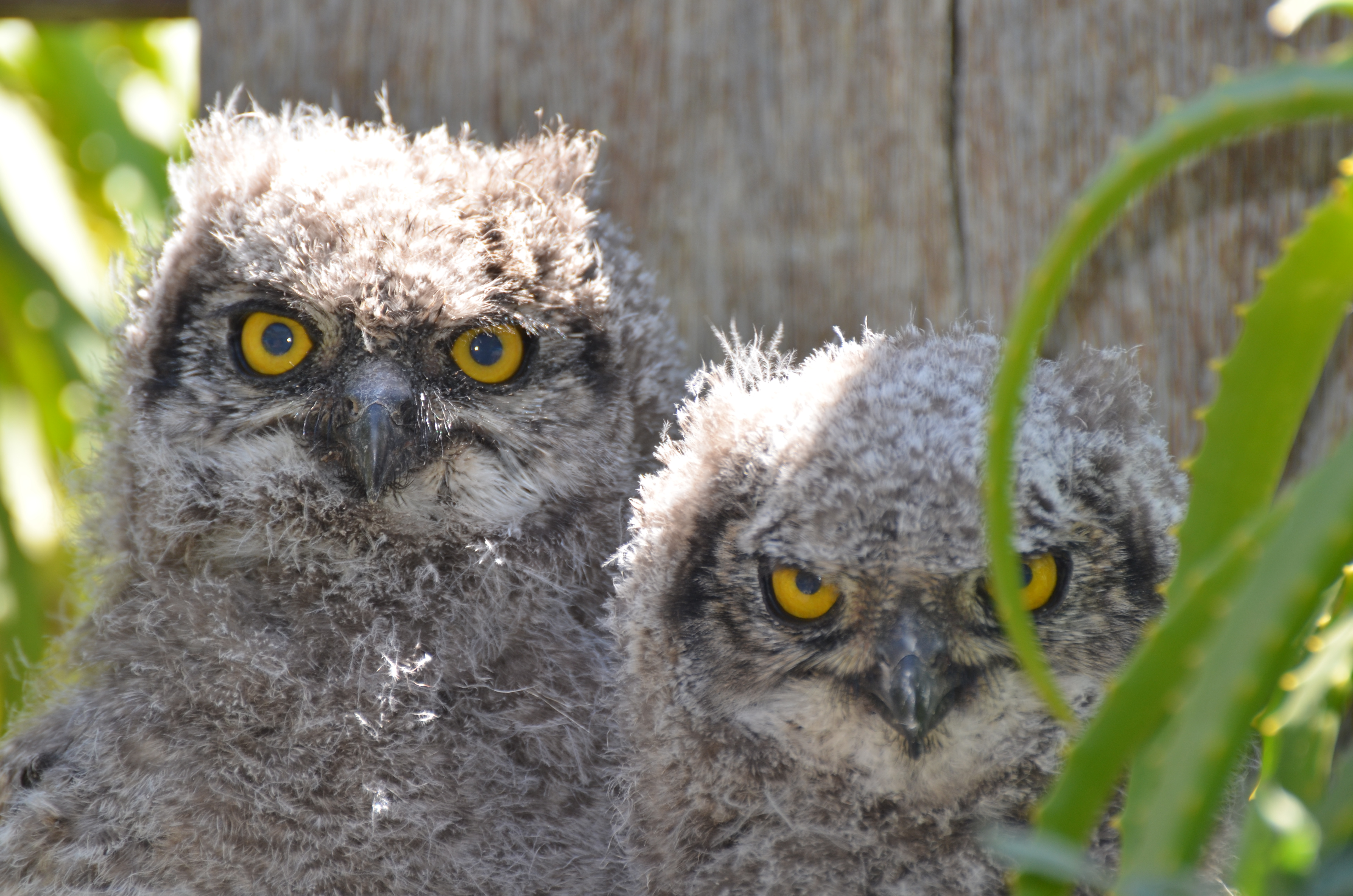
Owls are synonymous with wisdom and mystery, often depicted with large, expressive eyes and a commanding presence. However, their chicks, or owlets, start life as fluffy, down-covered puffballs with oversized heads and an endearing, comical appearance. As they grow, they shed their downy feathers and develop the silent flight and keen hunting skills that are the hallmarks of adult owls. This transformation from cute and clumsy to sleek and stealthy is a captivating process, illustrating the significant developmental changes that occur in the avian world.
7. The Peculiar Journey of Baby Platypuses
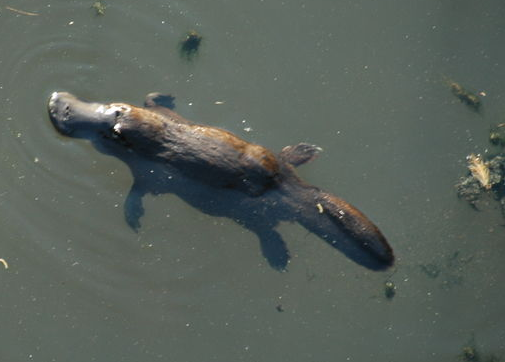
The platypus is one of nature's most curious creations, with a duck-bill, webbed feet, and a beaver-like tail. Baby platypuses, or puggles, are born blind and hairless, resembling little more than a pink jellybean. As they mature, they develop the distinctive features of the platypus, including their waterproof fur and electroreceptive bill. This dramatic transformation is a testament to the platypus's unique evolutionary path and adaptation to a semi-aquatic lifestyle. The journey from vulnerable puggle to an adept swimmer is a remarkable example of nature's ingenuity.
8. Baby Kangaroos: The Journey from Joey to Jumper
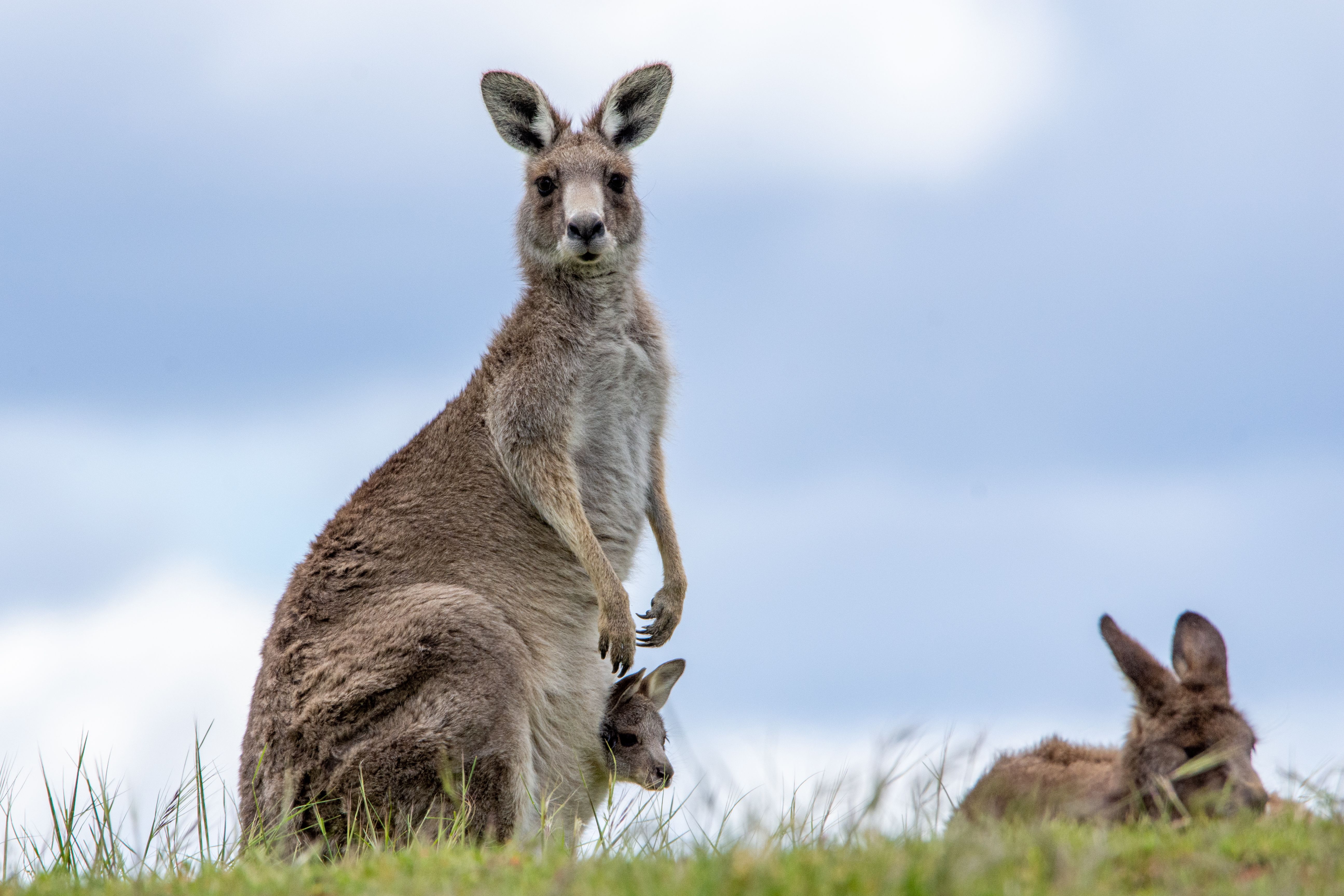
Kangaroos are iconic symbols of Australia, known for their powerful hind legs and distinctive hopping gait. Their young, called joeys, are born incredibly underdeveloped, resembling tiny, pink jellybeans. After birth, they crawl into their mother's pouch, continuing to grow and develop. Inside the pouch, they are nurtured and protected until they are ready to face the world. The transformation from a fragile, hairless newborn to a strong, bounding kangaroo is a fascinating process, highlighting the unique reproductive strategy of marsupials and their adaptation to the harsh Australian environment.
9. Baby Pandas: From Pinkies to Black and White Beauties
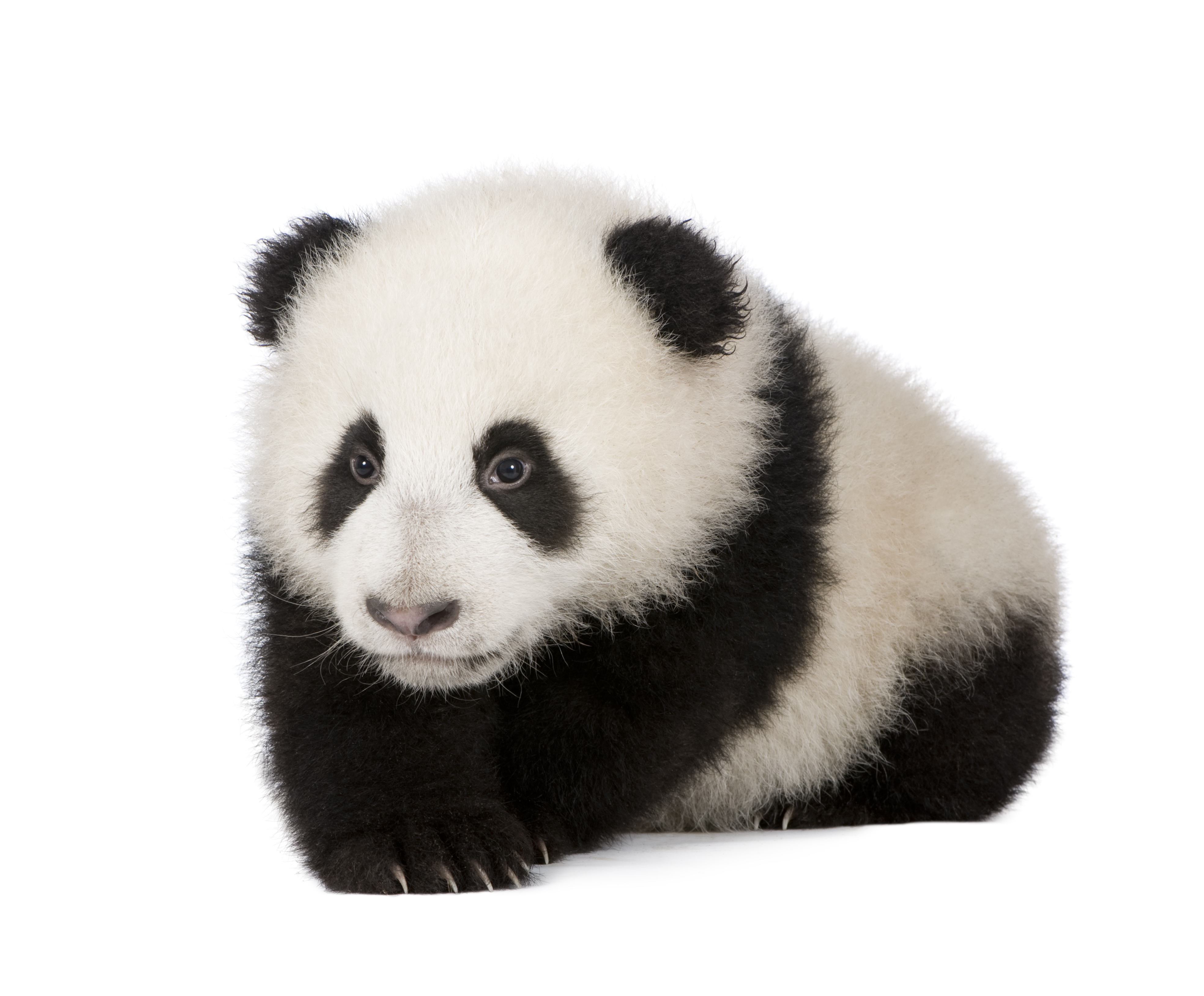
Giant pandas are instantly recognizable with their black-and-white coloring and rotund bodies. However, their cubs are born tiny, pink, and nearly hairless, weighing just a few ounces. Over time, they developed distinctive black-and-white markings that made them so beloved worldwide. This transformation is a visual delight demonstrating the panda's slow growth rate and the intensive care required from their mothers. The journey from a fragile, pink newborn to a robust, playful cub is a testament to the dedication of panda mothers and the unique life cycle of this endangered species.
10. Baby Penguins: From Fluffy Chicks to Sleek Swimmers
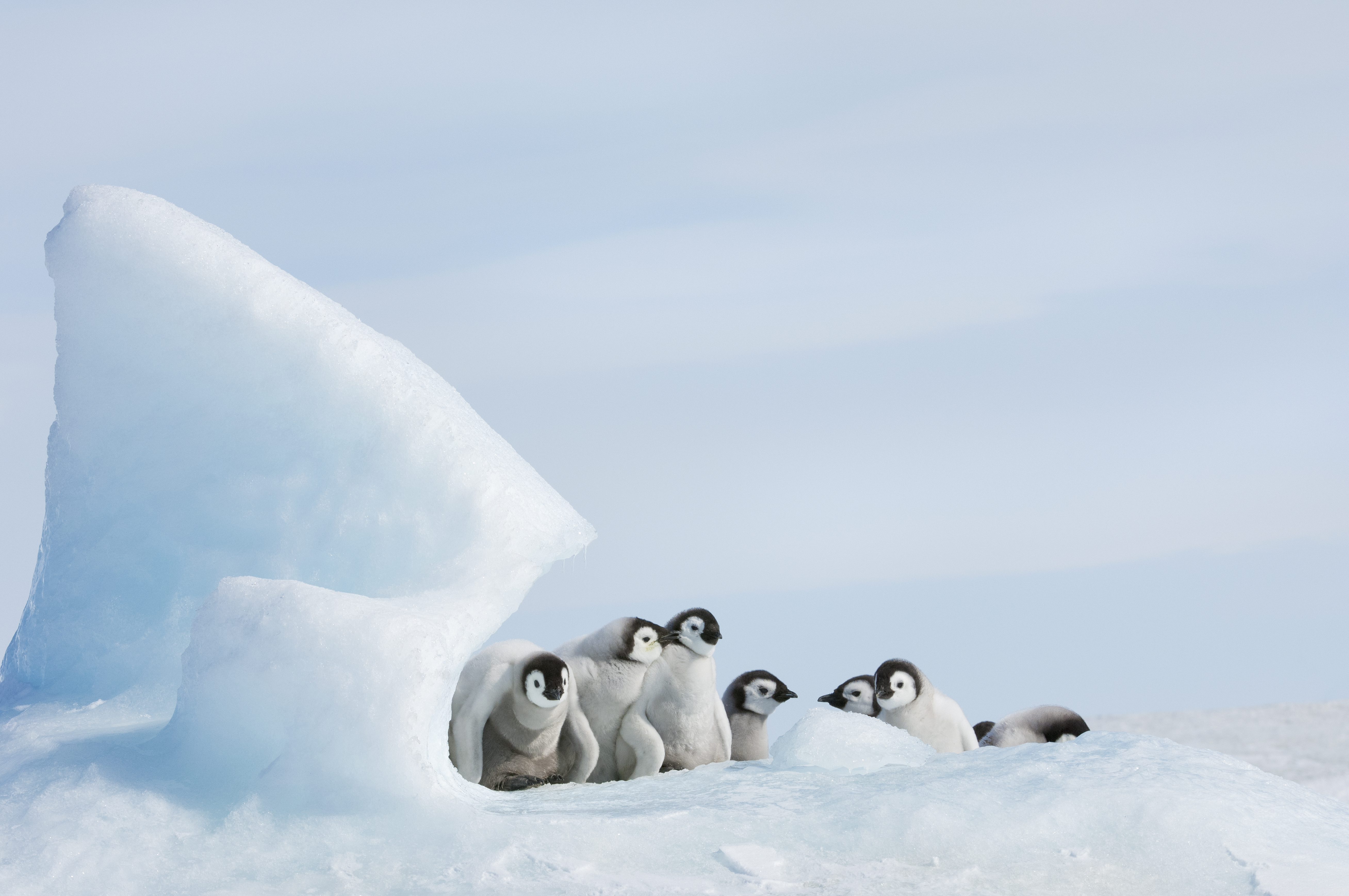
Penguins are known for their tuxedo-like appearance and adept swimming skills. However, their chicks are born covered in fluffy down, which provides insulation against the cold but is not waterproof. They melt this down as they grow and develop the sleek, waterproof feathers necessary for their aquatic lifestyle. This transformation from a fluffy, land-bound chick to a streamlined swimmer is a critical stage in a penguin's life, highlighting the adaptations that enable them to thrive in some of the harshest environments on Earth.
The Marvel of Nature's Transformations
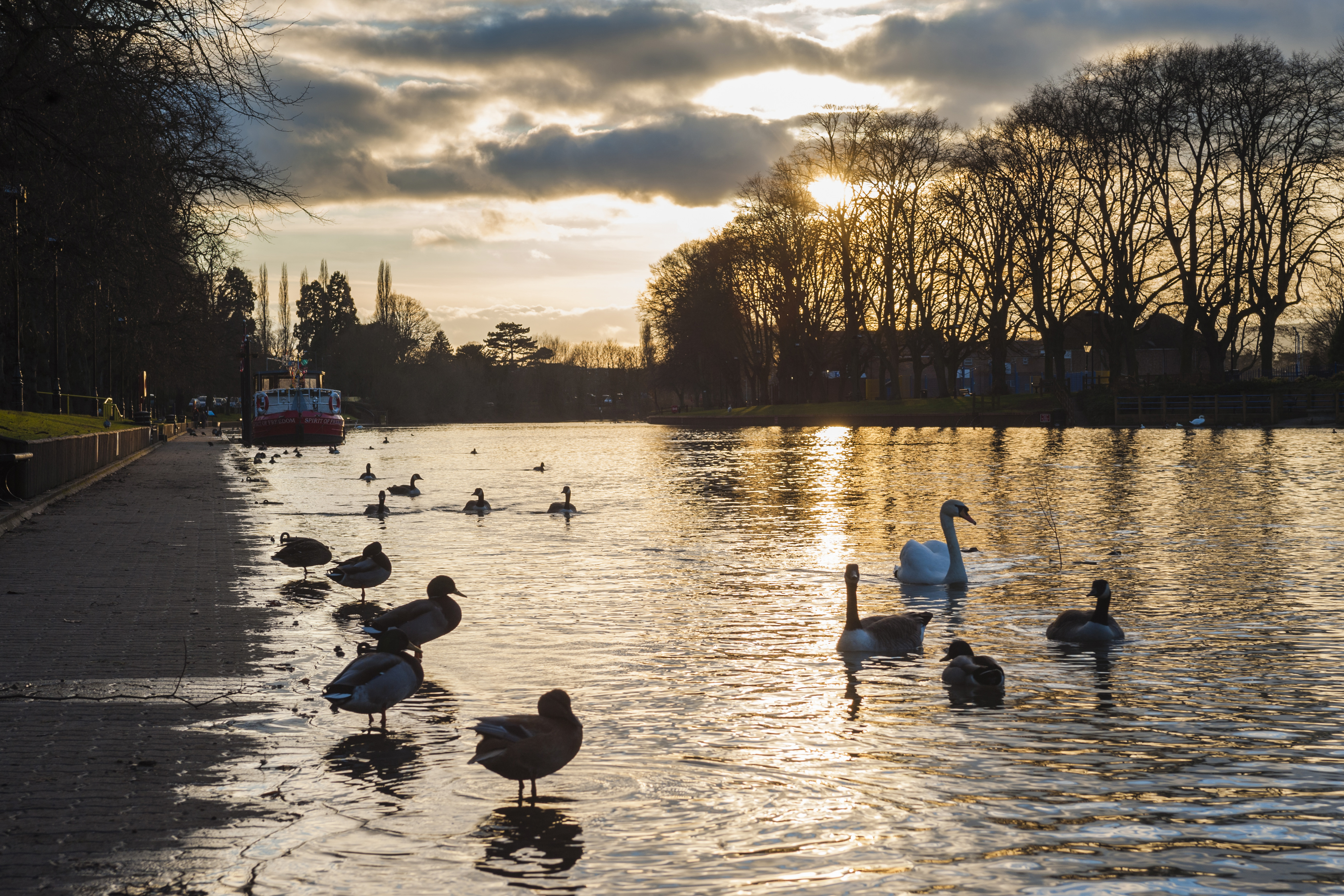
The animal kingdom is filled with surprises, and the journey from baby to adult is one of the most fascinating transformations in nature. From the axolotl's perpetual youth to the dramatic changes seen in tapirs, flamingos, and more, each species offers a unique glimpse into the complexities of evolution and adaptation. These transformations capture our imaginations and remind us of the incredible diversity and resilience of life on Earth. As we marvel at these adorable baby animals and their unexpected appearances, we gain a deeper appreciation for the wonders of nature and the intricate processes that shape the world around us.







